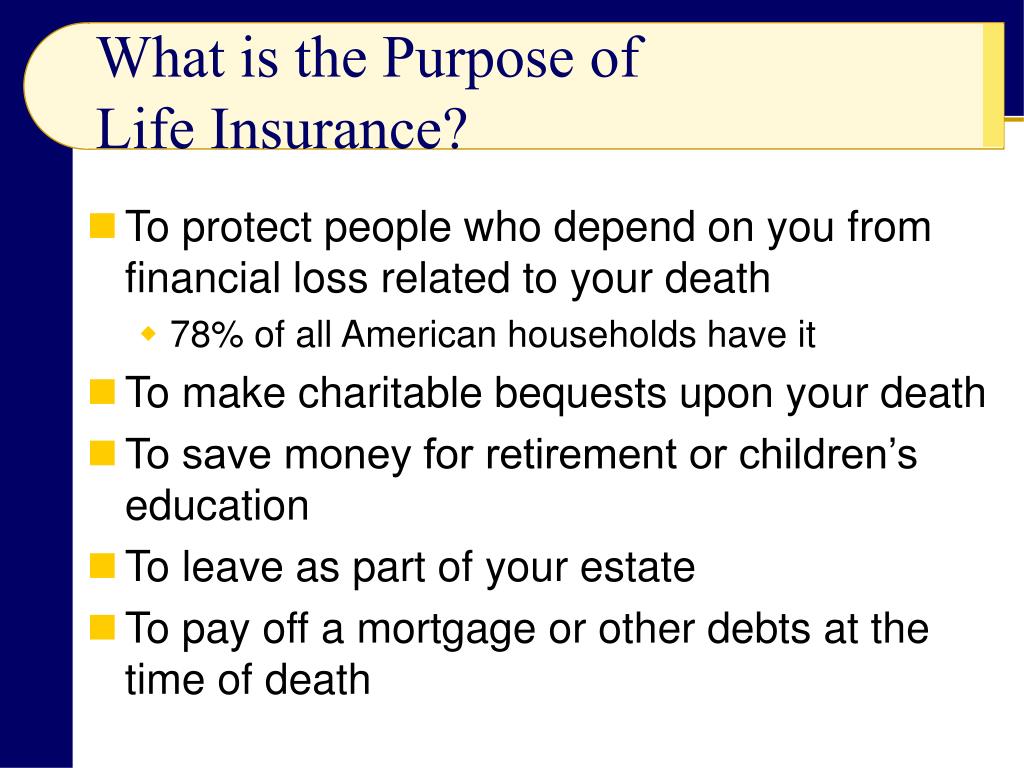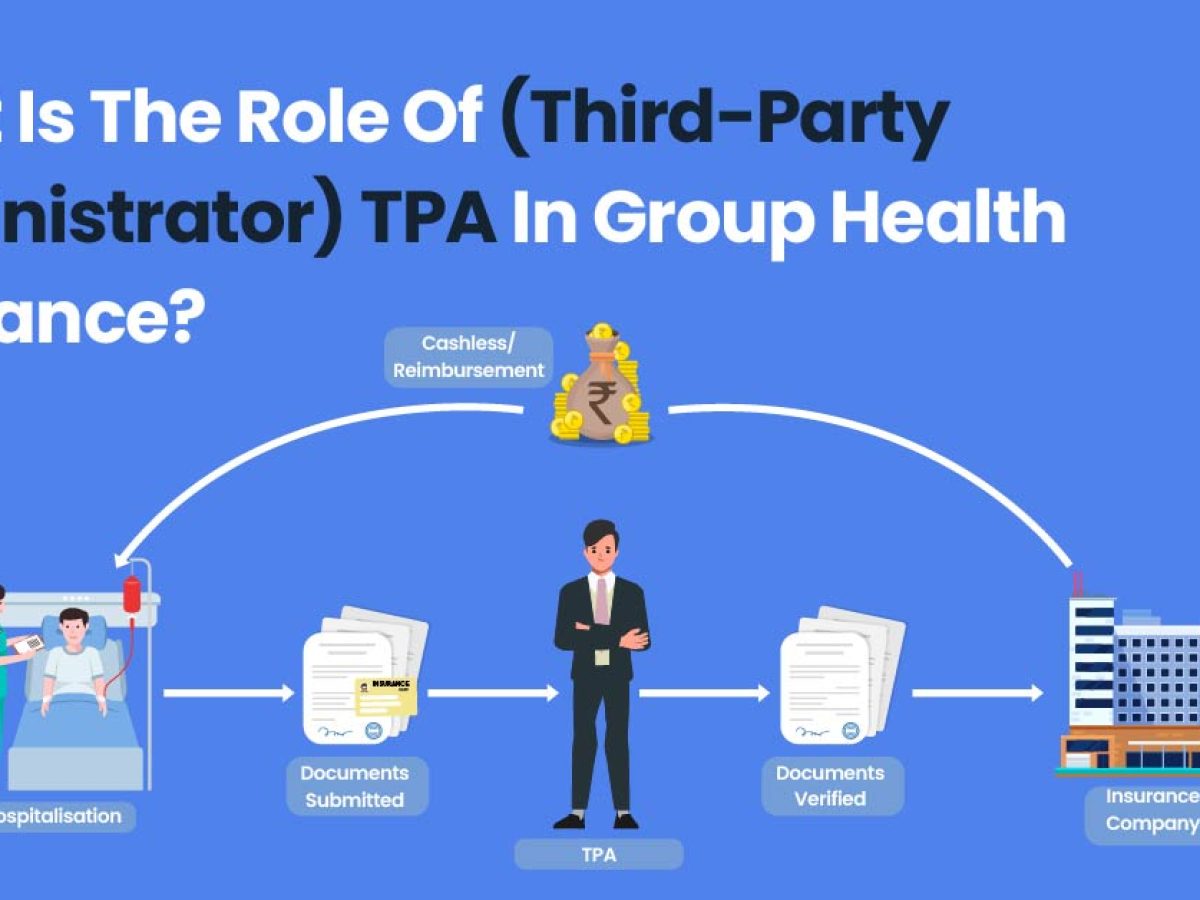Some Of Pacific Prime
Some Of Pacific Prime
Blog Article
4 Simple Techniques For Pacific Prime
Table of ContentsPacific Prime for DummiesLittle Known Facts About Pacific Prime.4 Easy Facts About Pacific Prime ExplainedThe Of Pacific PrimePacific Prime Things To Know Before You Get This

This is because the data were collected for a period of strong economic efficiency. Of the estimated 42 million people that were without insurance, almost about 420,000 (regarding 1 percent) were under 65 years of age, the age at which most Americans end up being eligible for Medicare; 32 million were adults in between ages 18 and 65, around 19 percent of all grownups in this age group; and 10 million were children under 18 years old, regarding 13.9 percent of all youngsters (Mills, 2000).
These price quotes of the number of persons uninsured are produced from the yearly March Supplement to the Existing Population Survey (CPS), conducted by the Census Bureau. Unless or else noted, national estimates of individuals without medical insurance and proportions of the populace with various kinds of insurance coverage are based upon the CPS, one of the most widely made use of resource of quotes of insurance coverage and uninsurance prices.
Some Of Pacific Prime

Still, the CPS is particularly valuable since it creates annual estimates reasonably promptly, reporting the previous year's insurance policy coverage estimates each September, and since it is the basis for a regular set of quotes for greater than 20 years, enabling evaluation of patterns in insurance coverage in time. For these factors, as well as the comprehensive usage of the CPS in other studies of insurance policy protection that exist in this report, we depend on CPS estimates, with limitations noted.

The estimate of the variety of uninsured people increases when a populace's insurance status is tracked for numerous years. Over a three-year period starting early in 1993, 72 million people, 29 percent of the united state populace, lacked protection for a minimum of one month. Within a single year (1994 ), 53 million people experienced at the very least a month without protection (Bennefield, 1998a)
Six out of every 10 uninsured grownups are themselves used. Working does improve the chance that one and one's family participants will have insurance, it is not an assurance. Even participants of families with 2 permanent wage income earners have virtually a one-in-ten possibility of being uninsured (9.1 percent uninsured rate) (Hoffman and Pohl, 2000).
Pacific Prime for Beginners
New immigrants make up a considerable proportion of people without medical insurance. One analysis has actually associated a considerable part of the current development look these up in the size of the united state uninsured populace to immigrants who showed up in the country between 1994 and 1998 (Camarota and Edwards, 2000). Current immigrants (those who came to the United States within the past 4 years) do have a high rate of being uninsured (46 percent), however they and their kids represent just 6 percent of those without insurance policy across the country (Holahan et al., 2001).
The partnership between wellness insurance policy and accessibility to care is well developed, as recorded later on in this chapter. The connection in between health insurance and wellness outcomes is neither direct nor easy, a considerable clinical and health and wellness solutions research literature web links wellness insurance protection to better access to care, better high quality, and boosted individual and populace health and wellness condition.
Levels of evaluation for examining the effects of uninsurance. This conversation of medical insurance protection concentrates mainly on the united state population under age 65 due to the fact that practically all Americans 65 and older have Medicare or various other public coverage. Moreover, it focuses specifically on those without any kind of health and wellness insurance for any type of length of time.
Some Known Questions About Pacific Prime.
The troubles dealt with by the underinsured are in some respects comparable to those faced by the without insurance, although they are normally less serious. Health insurance, nonetheless, is neither required neither adequate to acquire accessibility to medical services. The independent and straight effect of wellness insurance policy protection on accessibility to wellness solutions is well developed.
Others will certainly acquire the healthcare they need also without health and wellness insurance policy, by spending for it expense or seeking it from service providers who supply treatment cost-free or at very subsidized prices. For still others, health insurance alone does not make sure invoice of care due to various other nonfinancial barriers, such as an absence of healthcare providers in their neighborhood, minimal access to transportation, illiteracy, or etymological and social differences.
The Buzz on Pacific Prime
Official study regarding without insurance populaces in the USA dates to the late 1920s and very early 1930s when the Board on the Expense of Healthcare generated a collection of records about financing physician office brows through and hospitalizations. This concern came to be significant as the varieties of clinically indigent climbed up throughout the Great Clinical depression.
Report this page